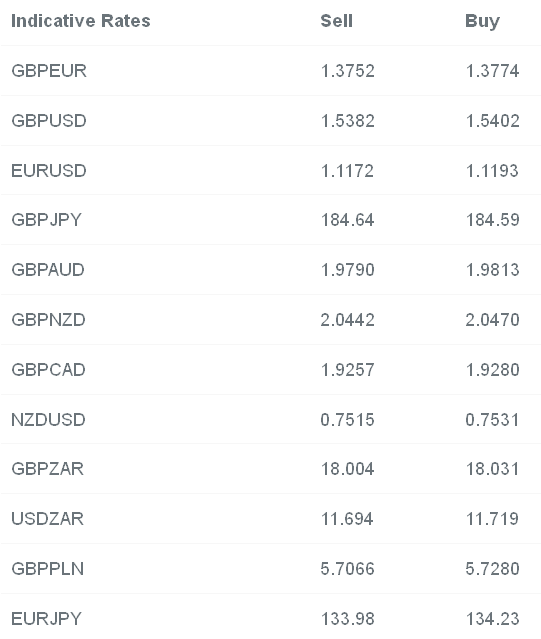China’s decision to cut interest rates over the weekend will come as a surprise to very few people. Falling levels of consumer price inflation and continuing declines in producer prices have been a characteristic of the Chinese economy for over two years now. The People’s Bank of China has responded with its second rate cut in three months. As we noted on Friday, the Chinese yuan had slipped to a 28 month low as the central bank responded to a stronger US dollar and, possibly more importantly, a weaker Japanese yen and Korean won.
The data picture outside of inflation and price measures from China remains weak as well. Overnight China’s manufacturing sector shrank for the second month in a row. Posting a PMI that slips to 49.9 is by no means the end of the world – and it represents only a slither of contraction – but perpetuates the concerns that the slowdown of the Chinese economy cannot be stopped without additional stimulus.
While share markets in Asia and Australia rallied after the announcement, the currency markets have remained rather quiet in comparison. The Australian dollar was hampered overnight after a release of the lowest inflation number since October 2009. The reading of 1.3% is significantly below the 2-3% range that the Reserve Bank of Australia targets and opinions have once again swung in favor of the central bank cutting rates at their meeting tomorrow.
On Friday, swaps markets were pricing in a 53% chance of a rate cut at this week’s meeting. Following that inflation reading, the probability has leapt to 69%.
I expect poor prices components to be the major laggards of most manufacturing PMIs that are due throughout the day. With China’s out of the way we focus on Europe. Italy’s number is due at 08.45, France at 08.50, Germany at 08.55, and the eurozone wide measure at 09.00 with the UK number due at 09.30.
Last month’s manufacturing number from the UK showed a better than expected performance for the sector. A lot of the help has come from falling oil prices and firms seeing lower input costs. While a lot of people are focused on the negative effects of a rapid fall in prices – deflation – the benefits of a shift in the consumers’ favor is clear to see. It is the domestic demand picture that has made up a lot of the recent growth in manufacturing with our main trade partner in Europe still enduring painfully slow growth. Q4’s GDP announcement pointed to a resurgence of exports from UK business and we could easily see today’s manufacturing PMI sustain that power.
With the focus remaining on central banks and their reaction to fears around deflation, this week will be a particularly busy one. The central banks of Australia, Canada, Brazil, Poland, Malaysia, the UK, the eurozone and Sri Lanka all have policy meetings this week and we can expect that both the Australians and Canadians cut rates with possible rate cuts also in Poland and Malaysia. While the Bank of England will hold policy once again, the market is looking for the European Central Bank to flesh out details of its quantitative easing plan.
A lot of the existential risk that markets have traded through in January and February seems to have dissipated in the past week. Greece has been put to bed for now, the Swiss franc ructions have quietened and Janet Yellen’s testimony did not give the market cause to freak out. As a result, we can see some of the volatility coming out of the market in the coming sessions.

